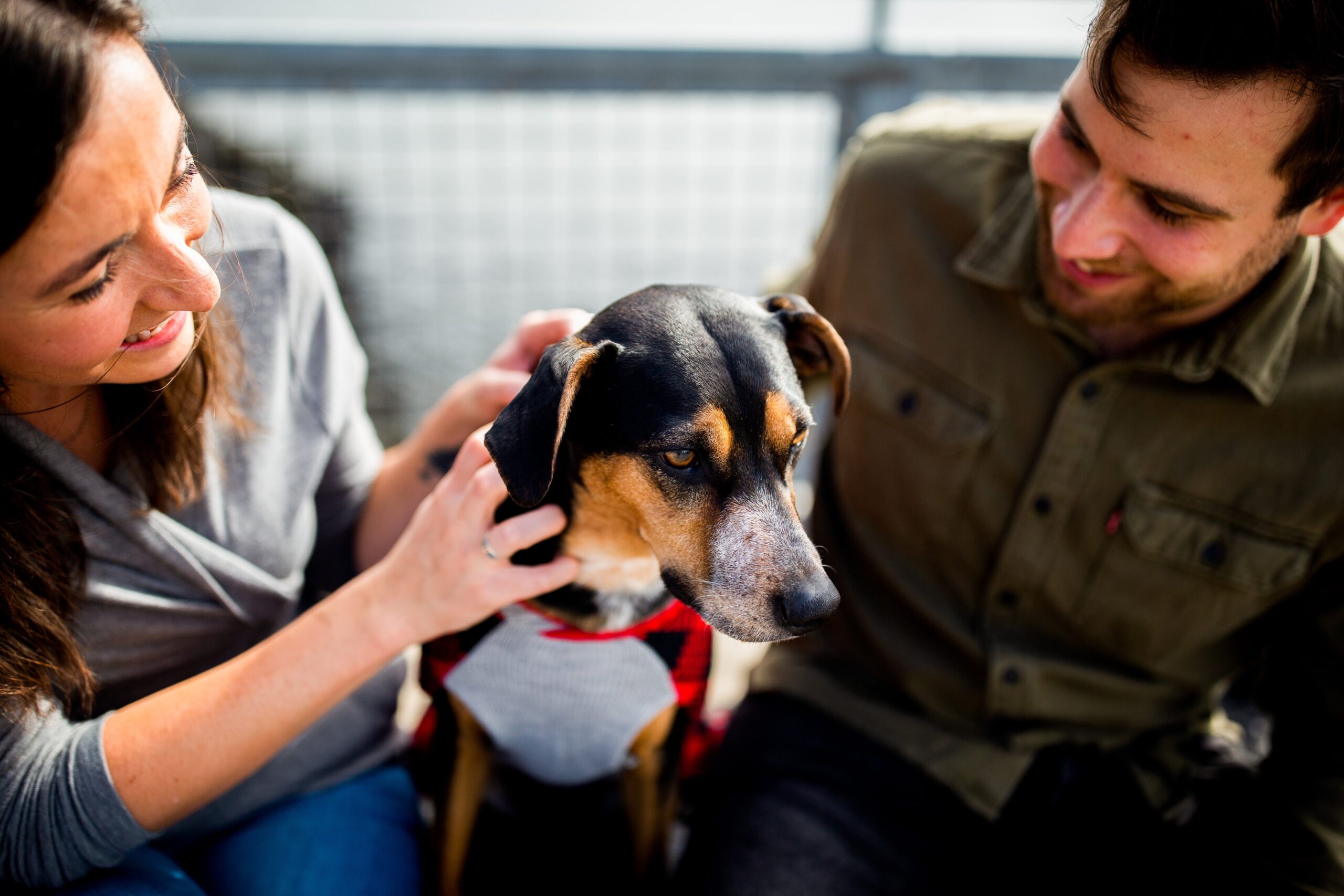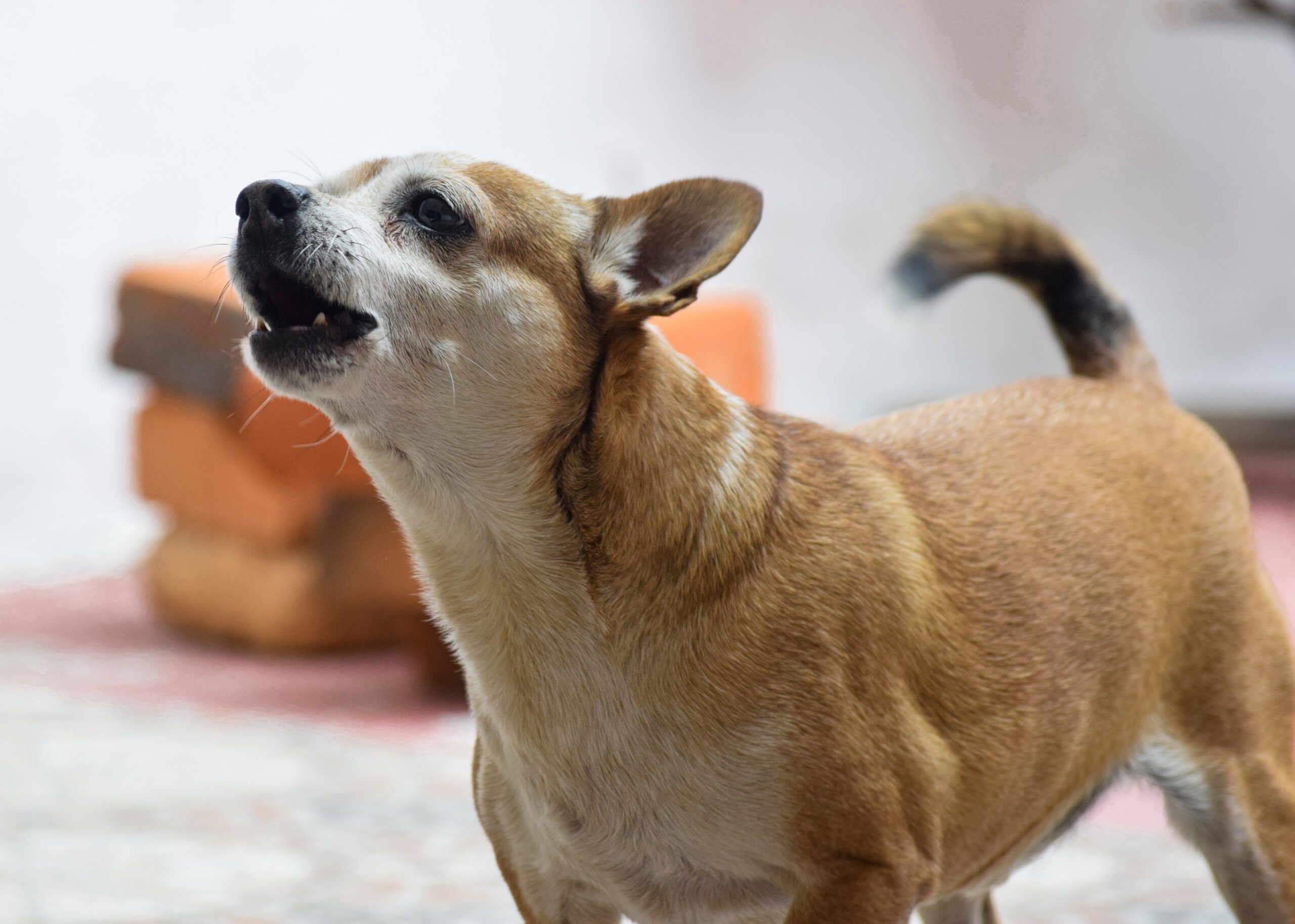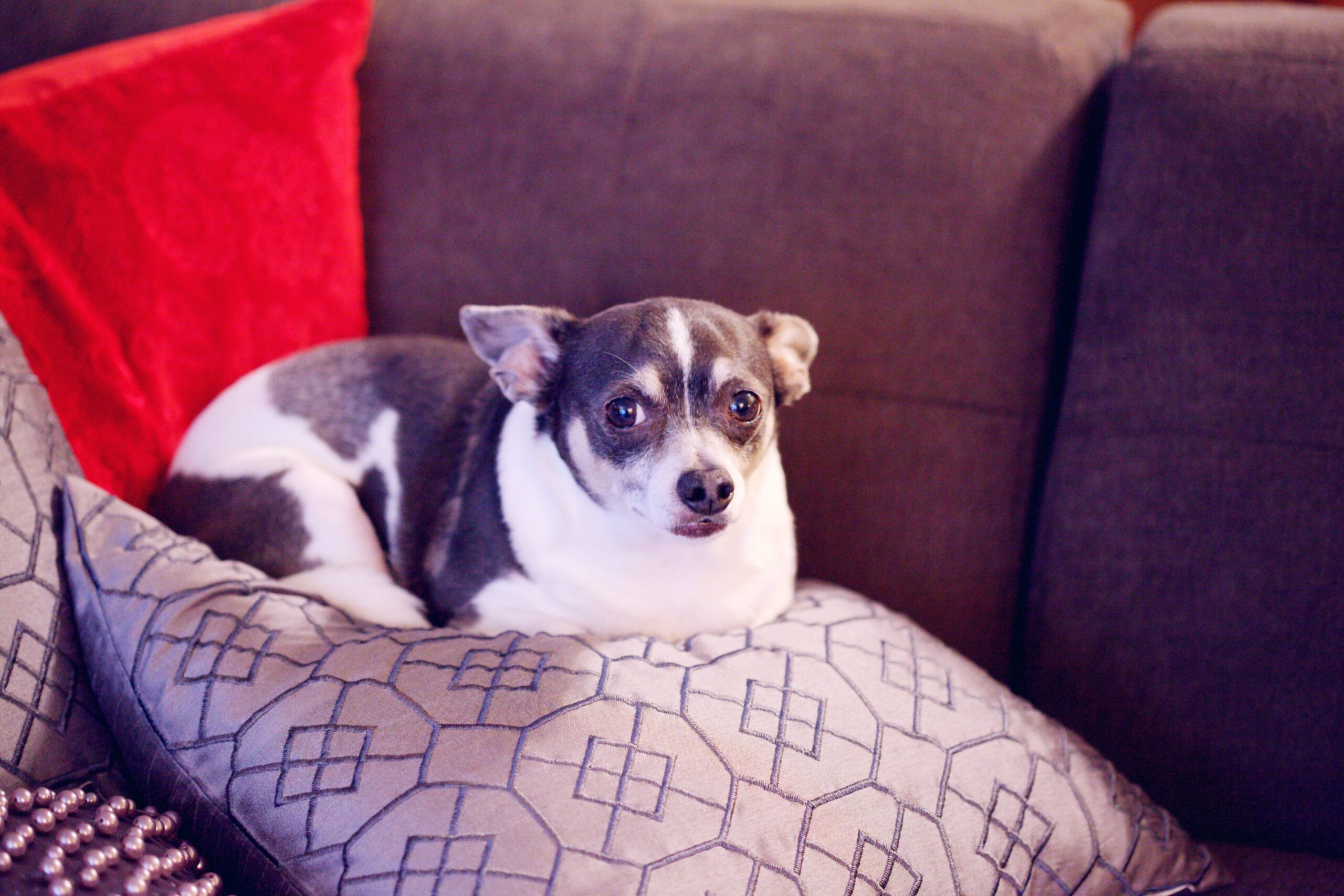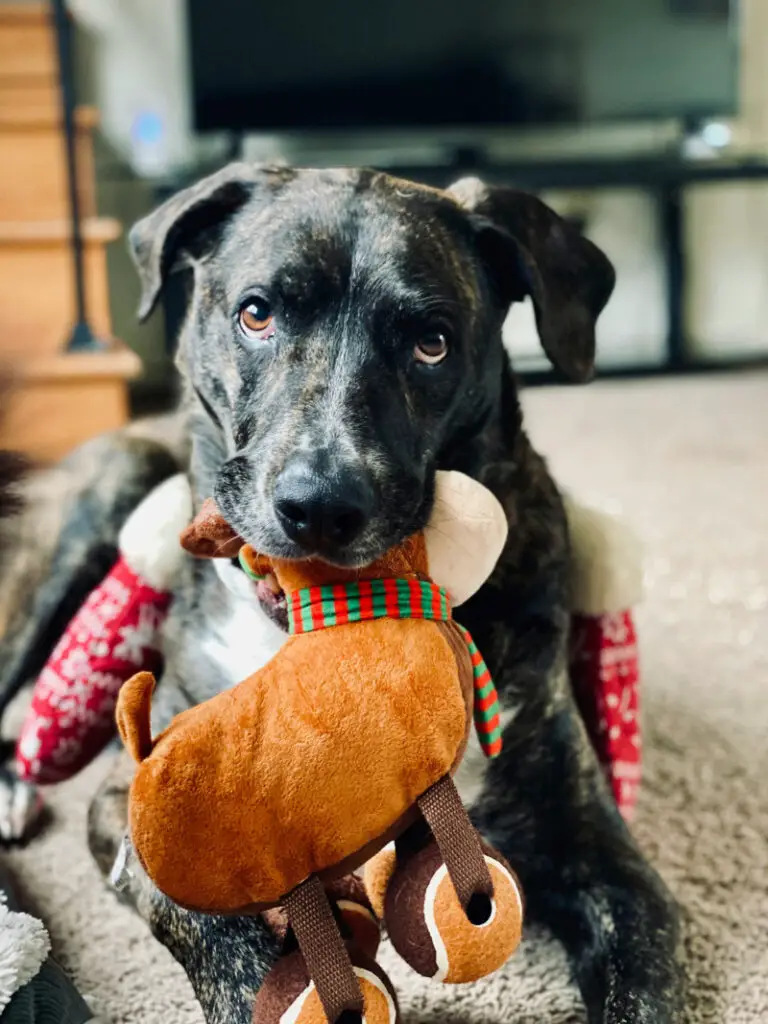
Photo by Chewy on Unsplash Understanding a Dog’s Digestive System
Table of Contents
The Evolution of a Dog’s Digestive Systems
The digestive system of a dog is an outcome of hundreds of years of evolution which has molded their dietary needs and restrictions. It is essential for us, as pet parents, to gain deep insights into this progression to understand what dogs can eat and what they cannot. In the wild, dogs were largely omnivores and scavengers, feasting on a variety of foods depending on availability. However, their bodies have not evolved to process certain types of foods which are common in the human diet, like bread.
When comparing a dog’s digestion processes with humans, several differences come to light. Dogs have a shorter digestive tract which processes food at a swift pace, making them less efficient at breaking down certain complex carbohydrates such as those found in bread.
The influence of a canine’s diet in the wild still echoes in their digestion today, as their bodies are primarily designed to consume, digest, and metabolize meat. This understanding significantly elevates our clarity about bread for dogs. Their digestive system simply doesn’t possess the versatility of a human’s in terms of processing certain carbohydrates, grains, and other constituents that are common in bread.
The Impact of Bread on a Dog’s Digestion
Considering the evolutionary aspects of dogs’ dietary habits, there might be potential issues with dogs consuming bread. Certain types of bread may pose challenges to a dog’s digestive system, resulting in discomfort or potential health issues. Bread is heavy in carbohydrates and can lead to unanticipated weight gain in dogs, which in turn could escalate into more serious issues like obesity.

Also, bread is essentially a ‘filler food’, meaning it doesn’t add much nutritional value to dogs that their primary diet does not already provide. A recurring theme in canine nutrition guidelines is that bread doesn’t offer needed proteins, vitamins, and minerals that form an integral part of a dog’s nutrition. Thus, bread in a dog’s diet should be the exception, not the rule.
Another crucial concern is the risk of allergies. Just like humans, dogs can also show allergic reactions or intolerance to certain types of bread, particularly those containing ingredients like wheat and soy. These allergies could manifest through skin irritations, gastrointestinal issues, and other discomforts. Canine bread consumption, therefore, needs careful monitoring for any adverse effects.
Recognizing Common Signs of Digestive Discomfort in Dogs
If we’re thinking about feeding dogs bread, understanding the signs of digestive discomfort becomes pivotal. Some dogs might handle bread just fine, while others may exhibit signs of digestive trouble. A few symptoms to keep an eye out for include changes in eating or drinking habits, diarrhea, vomiting, bloating, and lethargy.
If you note any of these changes after your dog consumes bread, it’s a clear indication that their digestive system is having a hard time processing it. While the immediate reaction would be to eliminate bread altogether from their diet, we recommend consulting with a vet to rule out any severe underlying problems that might be masked by these symptoms.
Human foods for dogs can often be a tricky territory to navigate. Bread, as harmless as it may seem in our diet, must be approached cautiously when it comes to our pets eating bread. We can ensure that we’re informed and mindful of potential dietary hazards and health concerns that some of these foods, including bread, can pose to our loyal companions.
Analyzing Different Types of Bread and Their Effects on Dogs
The Risks of White Bread in a Dog’s Diet
White bread, a common household staple, offers little nutritional value for pets and can indeed pose dietary hazards when integrated regularly in a dog’s diet. This type of bread is enriched with carbohydrates and sugars, while it lacks necessary fibers, making it difficult for dogs to digest. Feeding dogs white bread in larger quantities might induce unwanted weight gain, leading to obesity and its associated health consequences.
The drawbacks of white bread for dogs are indeed significant. Despite it being safe for most dogs to consume in minimal amounts, it certainly mustn’t substitute for nutritious dog food. Rather than relying on white bread, pet owners may consider healthier alternatives such as brown rice or sweet potatoes, which are rich in fiber and easily digestible for dogs.
Continual consumption of white bread in excess can lead to discernible health issues. Signs that a dog has overeaten white bread might include sudden weight gain, lethargy, or fluctuations in bowel movements. Instead, bread for dogs should only be an occasional treat and not a meal substitute.

The Potential Harm of Whole Wheat and Multigrain Bread
While whole wheat and multigrain bread are indeed healthier alternatives for humans compared to white bread, they may be not so for dogs. Certain grains in these kinds of bread can make a significant impact on a dog’s digestion, leading to discomfort and potential health issues. The high fiber content in these bread types may lead to digestive upset, including diarrhea or constipation, in some dogs.
Further, whole grain and multigrain bread often contain ingredients like seeds, nuts, and certain types of grain that could be hazardous for dogs. For instance, flaxseed often found in these bread types can cause upset stomachs if not cooked or ground properly.
When it comes to providing a balanced diet for your pet, there are healthier food alternatives to bread. Fresh fruits (except for grapes and raisins), lean meats, and specific vegetables (like carrots and green beans) are generally safe and provide the nutrients dogs need for optimum health.
The Dangers of Specialty Bread, Like Garlic Bread or Raisin Bread
It’s important to note that certain types of specialty bread, such as garlic bread or raisin bread, are unsafe foods for dogs under any circumstances. Ingredients like garlic and raisins are toxic to dogs and can cause serious health problems. Garlic, for instance, can cause anemia, whereas raisins can lead to renal failure within a short period of ingestion.
The symptoms of toxicity in dogs who have consumed these types of specialty bread include vomiting, diarrhea, lethargy, dehydration, and lack of appetite. If you suspect your dog has eaten bread containing these ingredients, it’s critical to seek veterinary care immediately.
In conclusion, while bread may not be intrinsically harmful to dogs, the types of bread and the quantity consumed matters significantly. Their digestive system and dietary restrictions dictate the need for pet owners to approach the topic of “can dogs eat bread” with a dash of caution and a whole lot of care. After all, supporting the dietary needs of our furry friends can help them lead a healthier, happier life.
Guidance on What to Do If Your Dog Eats Bread
First Steps After Your Dog Consumes Bread
Discovering your dog has snuck a bite of bread can be alarming, especially knowing that it can cause potential digestive discomforts or even allergic reactions. However, keeping calm is essential. Remember, not all bread and not all quantities will pose a significant risk to your dog.
Immediately after your pet’s bread-feasting episode, it is vital to observe their behavior carefully. Watch out for any signs of discomfort such as excessive panting, pacing, or changes in bowel movements, which could indicate an adverse reaction. Dogs and their diet intricacies require careful consideration and bread is no exception in this regard.
If your canine companion shows signs of distress or allergic reactions, immediate measures are necessary. Just as with humans, allergic reactions in dogs can be serious and potentially life-threatening. Remove any remaining bread from your dog’s reach and consult with your vet at once. The next course of action should be based on their recommendations, which might include administering certain medications or bringing the dog in for a check-up.
Consulting a Veterinarian
Any situation involving canine bread consumption that raises concern should warrant a consultation with a vet. If your pet has eaten an alarming quantity of bread, or bread with harmful ingredients like raisins or garlic, seeking a vet’s advice is crucial.
When reaching out to a vet, provide them with as much information as you can. Let them know the type of bread consumed, the approximate amount, and any symptoms or changes in behavior your dog is showing. The more the vet knows, the better they can assist your dog during this worrisome time.
Post this incident, tips and guidelines from your vet will also help prevent future mishaps. This might involve closer supervision during meal times or dog-proofing certain areas of your kitchen and dining space.
Future Precautions to Ensure a Healthier Diet for Dogs
Dog diet restrictions are in place for a reason. They bestow us with the best possible way to ensure the good health of our beloved pets. Preventing the accidental consumption of bread or any other foods potentially harmful for dogs should be a priority. This includes securely storing bread and other foods out of a dog’s reach and never leaving food unattended where your dog could access it.
More than just being careful with human food around dogs, ensuring they follow a balanced diet can keep them healthy and satiated, minimizing their desire to scrounge for additional food. Invest in a high-quality dog feed which meets all pet nutrition guidelines and offer fresh fruits and vegetables, lean meats, and certain kinds of fish as occasional treats.
Can dogs have bread? From a general perspective, a bite or two of plain bread isn’t likely to harm your dog. However, incorporating it regularly into their diet or feeding them types of bread which contain ingredients hazardous for dogs, is ill-advised. Following a balanced diet and a proper feeding routine will ensure the best health and happiness for your furry friend.
Wrapping Up: A Bite of the Bread Issue
In our comprehensive exploration of a query common among dog parents – ‘Can dogs eat bread?’, we’ve dug deep into the subject, surfacing with informative points and practical insights. We delved into the nuances of a dog’s digestive system, shedding light on their metabolic prowess and limitations. Crucial distinctions were drawn between canine and human digestion, clarifying why giving bread to dogs may not always be beneficial. Considering dogs’ wild ancestors and their carnivorous lifestyle forms the basis of understanding this.
We also analyzed different types of bread and their potential effects on dogs, underlining the crucial fact that not all bread is created equal, especially when it comes to canine digestion. While some types of bread, in small amounts, may not pose a risk, others, particularly those laced with toxic ingredients to dogs like garlic or raisins, should always be kept out of your dog’s reach. The key here is to weigh the nutritional needs versus potential hazards before feeding dogs bread.
Should your dog consume bread, the recommended course of action involves observing your pet and reaching out to a vet if necessary. The severity of the situation largely depends on the type of bread ingested and how much of it was consumed. Dog parents should promptly identify discomfort signs, reinforcing their role as their pet’s first line of defense against potential health issues.
What lies at the core of all these discussions is the critical role a well-balanced diet and conscious dog ownership play in a dog’s overall health and wellbeing. A dog’s diet should focus on foods they can naturally process and derive nutrition from, while limiting human foods that their system might not be geared to handle. Foods that contribute to a dog’s health, such as lean proteins, specific vegetables and fruits, should be the mainstay of their diet. Bread, if given at all, should only make an occasional appearance and even then, only in small quantities.
Caring for a dog goes beyond feeding them. It extends into understanding their unique dietary needs and restrictions. This knowledge ensures that our pets are not just well-fed but healthfully nourished. As we conclude, we hope this guide has empowered dog parents with the knowledge to make informed decisions about feeding bread to their dogs, wholesomely attending to their dietary needs and supporting their best health.



